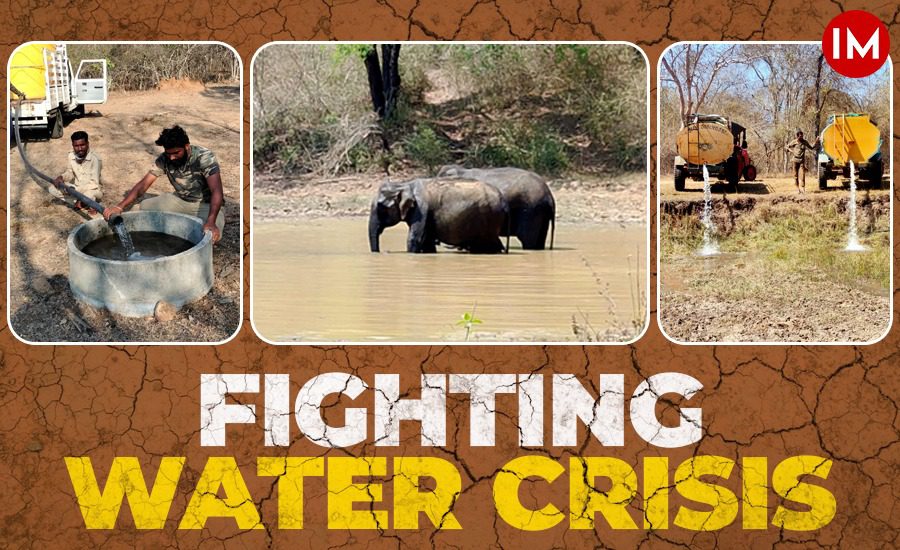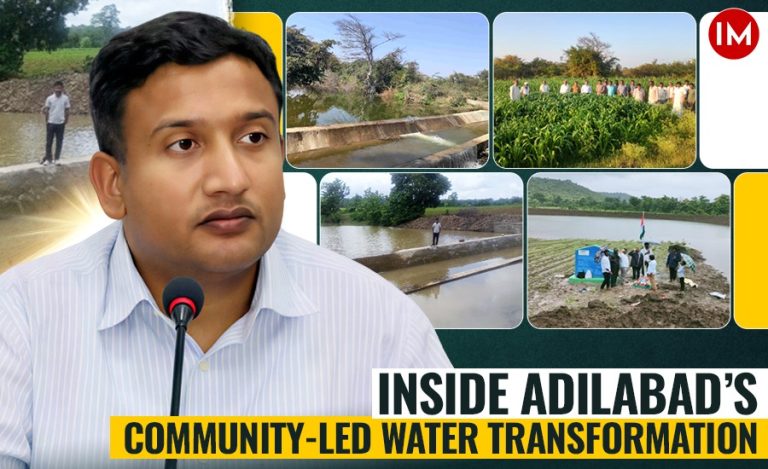Located in Kodagu in Mysore district of Karnataka, Nagarhole Tiger Reserve is part of the Nilgiri biosphere. It is spread across the foothills of the Western Ghats to the Brahmagiri hills and southwards towards Kerala. Adjoining Bandipur National Park, Mudumalai National Park and Wayanad Wildlife Sanctuary, it is the largest protected area in South India.
Nagarhole TR has around 150 tigers and other wild animals that includes leopard and elephants. Due to its demography, animals tend to migrate from here towards Wayanad in Kerala, and the chances of man-animal conflict increase. The Belur Makhana which killed a man in Wayanad also travelled there from Nagarhole and is now being contained within Nagarahole Reserve as per the latest update.
While the area already faces the issue of conflicts, the scorching heat in summer, lack of rainfall, and scarcity of water increase the chances of migration and more conflicts. Unlike most parts of the country, summer comes in March in Nagarahole area. However, this year, it has come early and due to lack of rain in the last year, 33 waterholes in the TR are completely dried up. It is the first time Nagarahole is facing such a situation and the forest staff have themselves taken upon the task of replenishing the water resources using solar powered borewells and tankers.
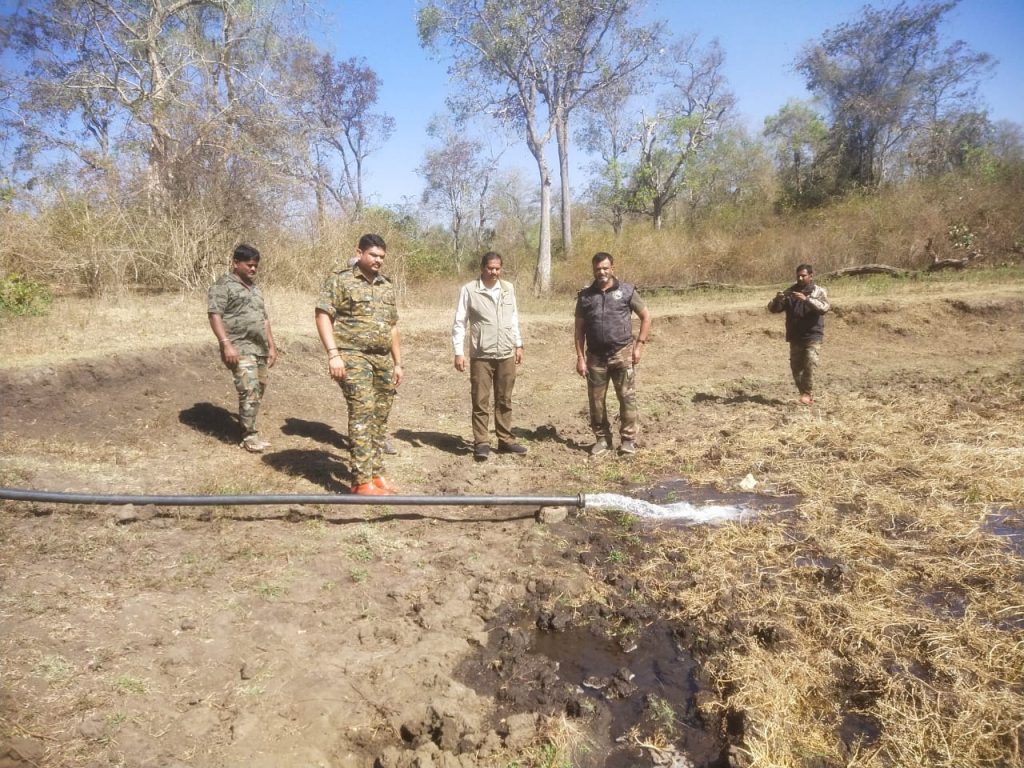
In conversation with Indian Masterminds, Field Director of Nagarahole Mr. Harshakumar Chikkanaragund, gave more details of this rush to fill waterholes so that animals do not migrate to Wayanad.
CONTAINING THE ANIMALS
“We didn’t have adequate rain last year. This situation was predicted and we had reserved funds for the purpose. Almost 25 % of the waterholes in the forest is dried up. Since filling up all would require much water, we are focusing on the ones which are in strategic locations as far as the animals movement are concerned,” Mr. Chikkanaragund said.
Wild animals, especially elephants, tend to migrate for fodder and water. They need more greenery and cooler places. Since Nagarahole is in the border area, the movement is frequent and the lack of water only adds to the situation, as they need water to drink and cool down their bodies.
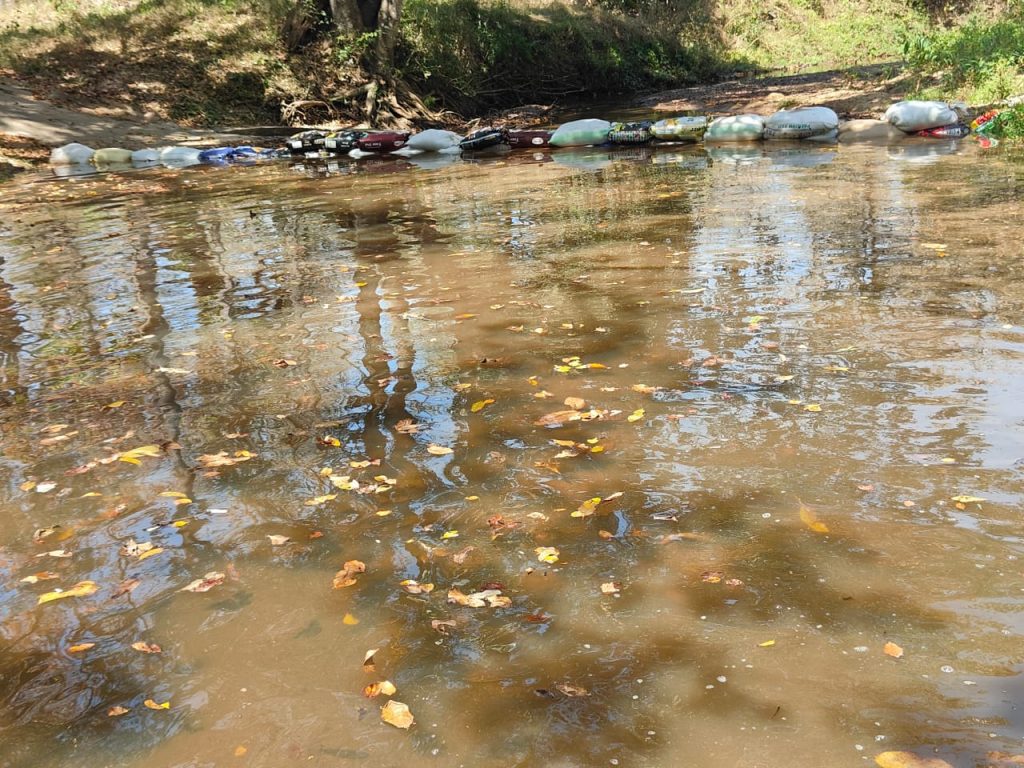
Currently, the TR has 269 water spots. It includes Lakshmmantirtha river, Sarati Hole, Nagarahole, Balle Halla, Kabini River, four perennial streams, 47 seasonal streams, four small perennial lakes, 41 artificial tanks, several swamps, Taraka Dam and the Kabini reservoir.
Out of these, 33 had completely dried up giving rise to worries in the forest drpartment, and hence the rush to fill up waterholes to keep the animals from migrating to neighbouring Kerala.
USING RENEWABLE ENERGY
Besides the routine process of using tankers, the forest department is also using automatic solar powered borewells to recharges the water sources. The lakes in tourism areas and inside the forest are also being repaired. This is also the first time that check dams are being built across many streams. The pipes through which the water flow are also being filled so that there is an overflow of water for the animals.
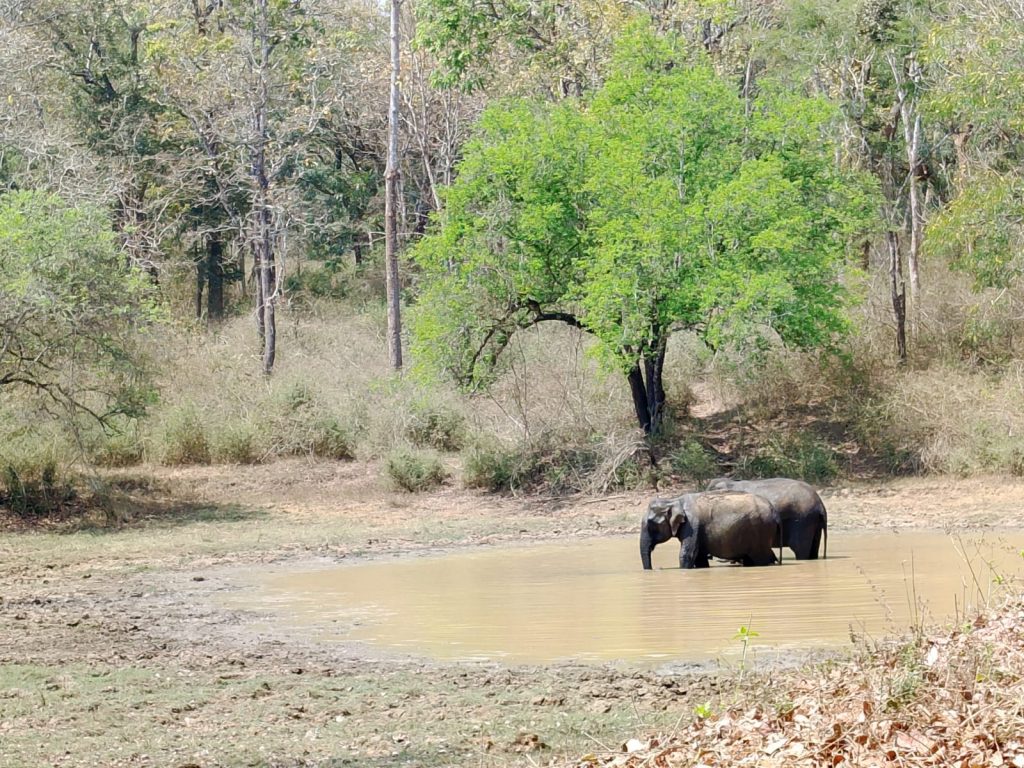
About the plan for water sufficiency in the future, the officer said, “Even the people living in nearby areas are facing the problem of drinking water. We are working on a water conservation plan. We will have to take rainwater harvesting to bigger levels so that we can be prepared for such a situation.”

